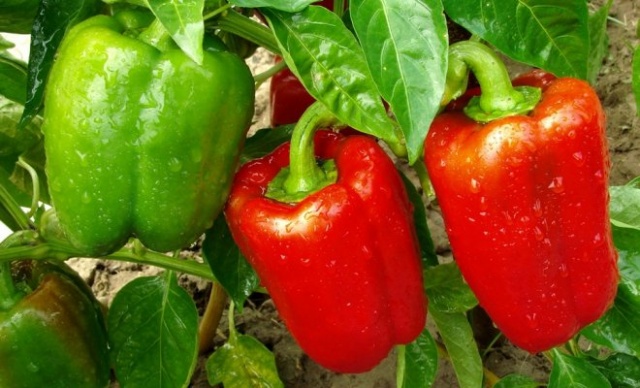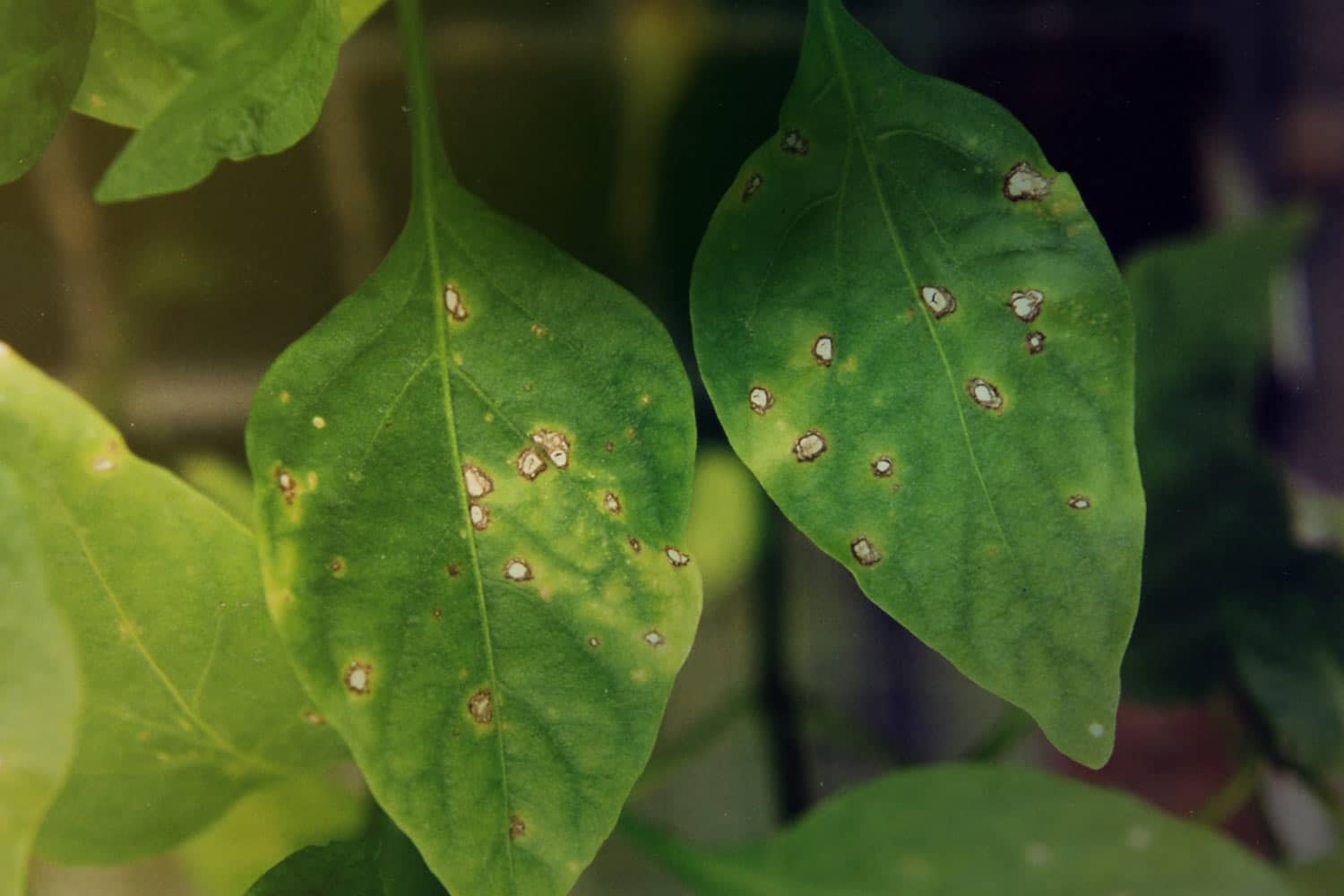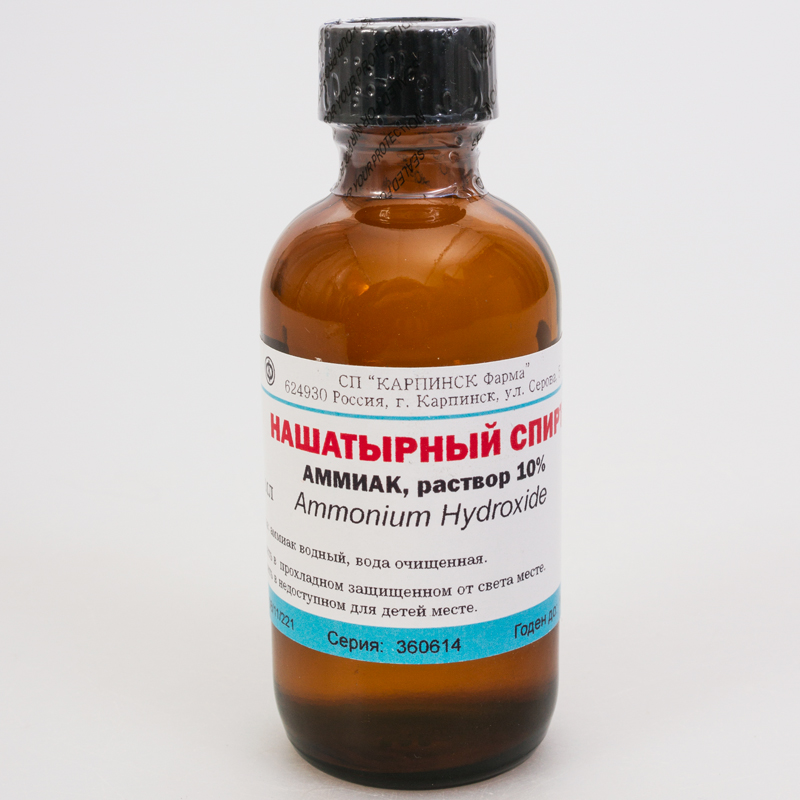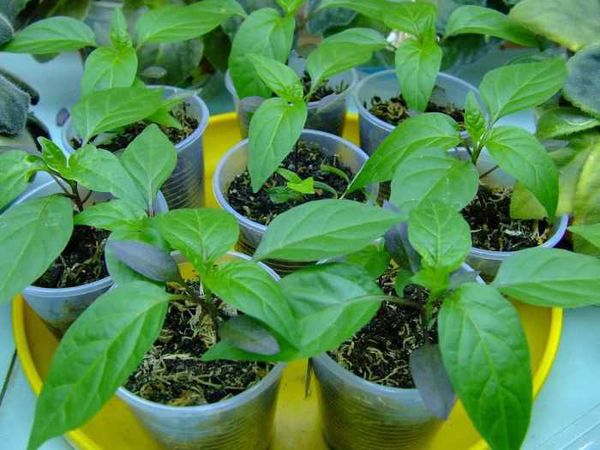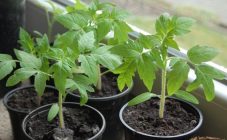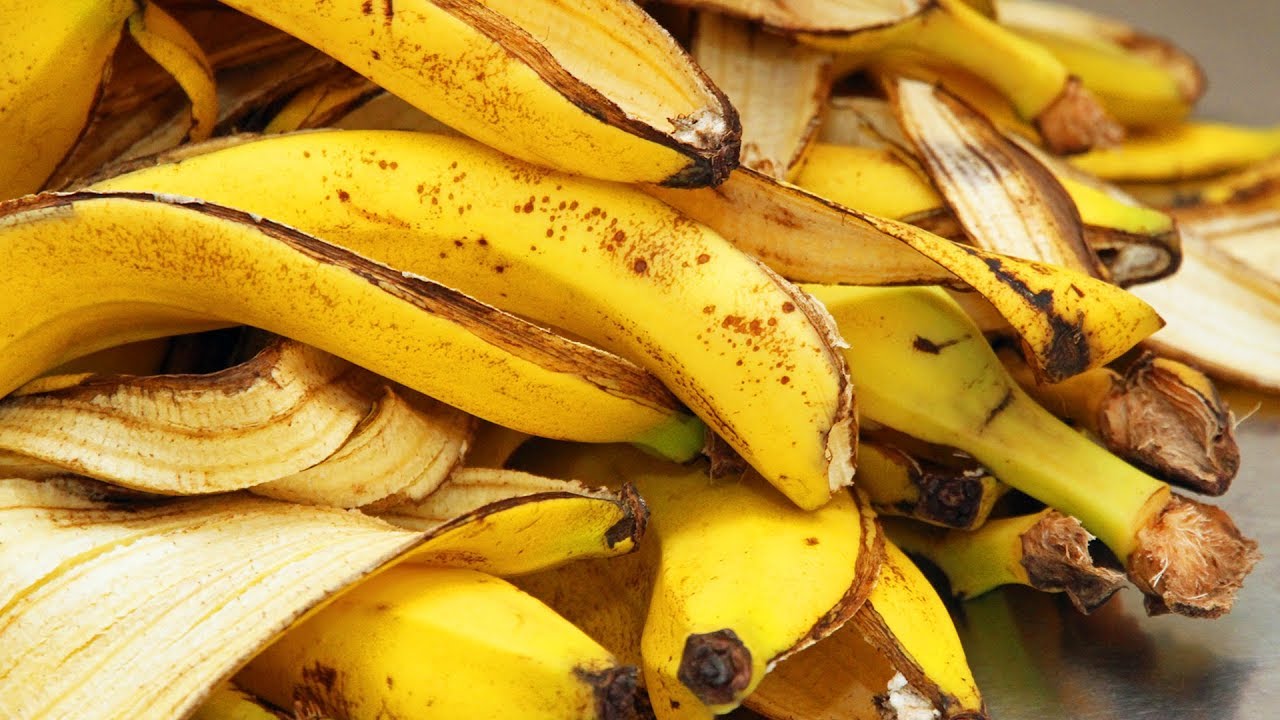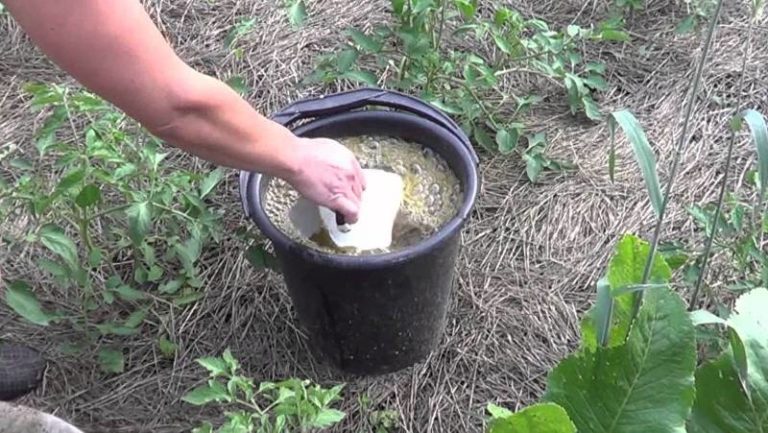Content:
The homeland of sweet pepper is Central America. At 15, pepper went on a trip around the world. Spain, Turkey, Iran recognized the new taste, in Bulgaria they loved the vegetable so much that they gave it a new name. In our country, he also came to taste, but in order to get a good harvest, you need to make an effort, providing conditions as at home. The temperature of 13 ° C is critical for pepper, so the culture is planted with seedlings so that the fruits have time to ripen in the warm summer season.
Features of growing bell pepper
The root system of bell pepper develops slowly, so it is advisable not to disturb it once again. Peppers are planted in individual peat pots 8-10 cm in diameter in special soil mixtures for seedlings and watered with warm water.
The homeland of pepper is close to the equator, where the length of daylight hours is stable all year round and is about 12 hours, so in winter you need to supplement the seedlings with a phytolamp. In such conditions, the pepper develops more actively and faster.
Before being sent to the open ground, when the pepper has grown and got stronger, the seedlings are hardened. It is necessary to take the pots outside for a short time, gradually accustoming them to wind, rain, sun. It is imperative to ensure that the temperature does not drop below 13 ° C.
The soil at the site for planting pepper is chosen light, loose. The year before, it is fertilized at the rate of 5 kg of organic matter per cubic meter. For the best flowering and fruiting in the fall, before planting, add 50 g of phosphorus and potassium mixtures per 1 sq. m.
Seedlings are planted at a distance of 40 cm from each other. The disembarkation time is determined by the area of residence. They are transplanted into the greenhouse earlier than in open ground for about 1 week.
Pepper does not like cold soil, it needs tall beds that the sun warms up. When planting, it is important not to deepen the root collar, this inhibits growth.
In caring for pepper are important:
- timely weeding;
- garter bushes;
- regular watering;
- top dressing;
- bush formation.
Top dressing of peppers
Top dressing is an important part of plant development. Pepper grows in an unfamiliar environment that is very different from Central America. Peppers prefer light soils that are not rich in nutrients. In order to get a good harvest, the plant needs to be fed.
Problems that arise due to improper feeding:
- twisted leaves will indicate a lack of potassium;
- with a lack of nitrogen, the leaves lose their healthy shine, become pale and small;
- phosphorus deficiency makes the leaves purple on the underside, they press against the stem and rise up;
- too much nitrogen will cause plants to shed flowers and set fruits.
There is a large list of diseases of peppers, the most common among which are spots and rot of bacterial and fungal origin. Bell peppers, which have been provided with proper care and timely feeding, resists these ailments well.In the absence of fertilization, an exhausted plant, suffering from a lack or an excess of nutrients, will sooner or later wither away without giving a harvest.
Correct feeding of pepper with ammonia is carried out for good fruiting. For full and timely flowering and the formation of ovaries, pepper needs a complex of potash fertilizers in combination with phosphorus. Nitrogen fertilizers form green mass, increase the volume of leaves, and enhance the growth of stems. It would be a mistake to think that nitrogen is not needed for fruiting. With a lack of nitrogen, the plant is faced with a lack of chlorophyll. The normal life of the plant is disrupted, the processes of photosynthesis slow down or stop along with growth. Quick resuscitation will allow you to carry out ammonia. A penny drug from a pharmacy contains a huge amount of nitrogen in a form readily available to the plant.
Often the soil in summer cottages is depleted, because it is used every year. There are few microorganisms in it, therefore, soil biosynthesis, which decomposes organic matter and turns it into substances available for assimilation by the plant, is often slowed down. Adding humus and changing the composition of the soil is a good idea with a delayed result. In order to revive plants with a lack of nutrients quickly, foliar feeding with mineral fertilizers is needed. Ammonia for bell peppers is a simple and quick solution to several problems at once.
In what cases you need to feed immediately:
- weak fragile stems;
- small-leaved;
- the lower leaves turn pale and yellow;
- growth and development slows down;
- flowering stops or does not occur;
- the plant reacts sharply to a decrease in temperature.
How does ammonia for tomatoes and peppers work?
Prevents soil acidification
Soil acidification is a natural process caused by the decay of plant residues, the introduction of inorganic fertilizers. Carbon dioxide, which is released, combines with water to form carbonic acid. The acid reacts with calcium and magnesium, and the water carries these compounds to a depth.
Acidified soil is suitable for a very limited range of plants. The activity of beneficial microorganisms is stopped, and most plants suffer. The beneficial properties of ammonia solution alkalize the soil and restore natural processes.
Eliminates parasites and pests
- Containers for planting seedlings are treated with a solution of ammonia, after which ants and wasps do not appear all summer.
- Watering with a solution (1 teaspoon per 1 liter of water) will help get rid of Drosophila.
- The weevil that attacked the beds with pepper will disappear if you water the peppers with a solution (50 ml of alcohol per 1 bucket of water) for a week.
- The wireworm on the peppers will disappear if you pour 0.5 liters of solution under each bush (10 ml of ammonia per 1 bucket of water).
- It is more difficult to get rid of aphids. To do this, dissolve 100-200 g of laundry soap in 1 liter of boiling water and mix with 50 ml of ammonia. The bushes are sprayed, and if the pest has returned, repeat after 2 weeks.
Restores plants quickly
- The first time ammonia for pepper seedlings is used after the appearance of the fourth leaf. Prepare a solution (1 teaspoon of a 25% solution of ammonia per 1 liter of water) and water the seedlings under the root, avoiding contact with the green parts.
- After planting in the ground, you need to fertilize with another solution (3 tablespoons of ammonia per 1 bucket of water) and water, avoiding contact with the leaves and stem.
- For spraying plants, make a solution of 50 ml of ammonia per 1 bucket of water.Most of the ammonium is converted into nitrogen in the air and evaporates. In this form, ammonia for pepper scares away slugs and enhances plant growth.
Precautionary measures
Ammonia is harmful to health. It can enter the body during inhalation, and it is also absorbed through the skin and mucous membranes. Large quantities of ammonia vapors can damage the surfaces of objects, damage the insulation of wires and cause cracking of various coatings. Therefore, the use of ammonia for the preparation of solutions for tomatoes and peppers is desirable on the street. In addition, you need to use protective equipment: a respirator, goggles, a plastic apron and latex gloves.
If everything is done correctly, according to the instructions and rules above, the bell pepper harvest will not take long. The main thing is to be very careful when working with ammonia. The product is excellent in fertilizer, but dangerous to use, so all safety measures must be observed.
